28 Mar 2018119:00 GMT
Edison and the King: How Hawaii Became Electrified
In 1881, Thomas Edison convinced King Kalakaua that electric streetlamps were superior to gas
By Allison Marsh
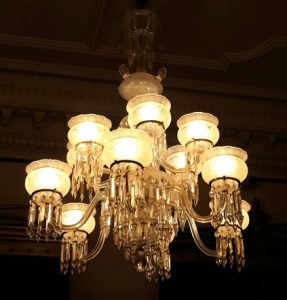
In 1881, King David Kalakaua of Hawaii (https://www.loc.gov/item/2014686540/) went on a world tour, the first of its kind for a sitting monarch. He circumnavigated the globe, stopping in Asia, India, Egypt, Europe, and the United States. Among other things, he sought to encourage immigration from the Asia-Pacific region, as Hawaii’s dwindling population had created a labor shortage on its sugar plantations. But the king also wanted to introduce the culture of Hawaii to the world, and he was curious about modern science and technology.
When he arrived in Paris in August 1881, the International Exposition of Electricity (https://archive.org/details/reportoninterna01heapgoog) was just getting under way. The exposition showcased the latest advancements in electrical technology, such as dynamos, batteries, and lighting. The first International Electrical Congress (http://www.ampere.cnrs.fr/histoire/parcours-historique/unites-electriques/congres1881) also convened during the exposition, with participants presenting papers, discussing research, and deciding on definitions for the ampere, the volt, the ohm, and other electrical units.
King Kalakaua visited the exposition and was eager to learn more. George Jones [PDF], cofounder of The New York Times, met the king in Vienna and promised an introduction to Thomas Edison. That meeting took place on 25 September 1881 in Edison’s New York City office. According to The Sun (New York), the king and the inventor discussed not only the technicalities of electric lights but also the business of selling power.
As described in The Sun, Hawaii’s attorney general, William N. Armstrong, told Edison that the kingdom had a volcano (https://chroniclingamerica.loc.gov/lccn/sn83030272/1881-09-26/ed-1/seq-1/) “that burns a thousand million tons of coal a day.” He jokingly added: “You could put your boilers on top of the volcano and get power enough to supply the country.” Apparently, Edison didn’t get the joke and asked if that was where Hawaii mined its coal. Armstrong replied that in fact Hawaii imported its coal from Australia, but the volcano was their great hope. Some people have since speculated that Armstrong’s remark indicated an early interest in geothermal power, but it was more likely a failed attempt at humor.
In any event, Kalakaua explained to Edison that he was keen to upgrade the kerosene lamps that lit the streets of Honolulu but couldn’t decide between gas and electricity. He wanted to see a full and practical trial of electric lights before deciding. For that, the king had to wait another five years.
On 21 July 1886, Honolulu businessman Charles Otto Berger (https://www.hawaiianelectric.com/about-us/our-story/1881-the-birth) organized a demonstration of electric lights at Iolani Palace (http://www.iolanipalace.org/). It drew a crowd of 5,000 spectators and included a Hawaiian band and a military parade.
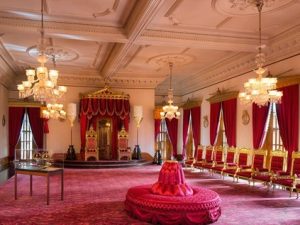 A few months later, the royal residency and palace grounds were fully illuminated for the king’s birthday, on 16 November 1886. [An original chandelier from the throne room is pictured at top, although these days it uses LED lights.] Electric lighting extended to the streets of Honolulu when Princess Kaiulani threw the switch on 23 March 1888.
A few months later, the royal residency and palace grounds were fully illuminated for the king’s birthday, on 16 November 1886. [An original chandelier from the throne room is pictured at top, although these days it uses LED lights.] Electric lighting extended to the streets of Honolulu when Princess Kaiulani threw the switch on 23 March 1888.
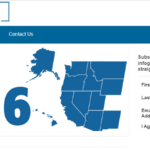

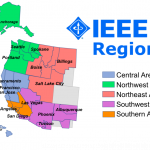
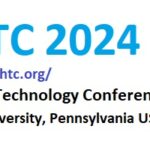

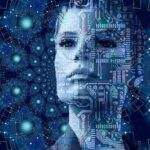
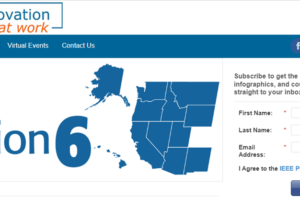

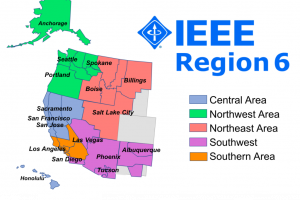
Add Comment